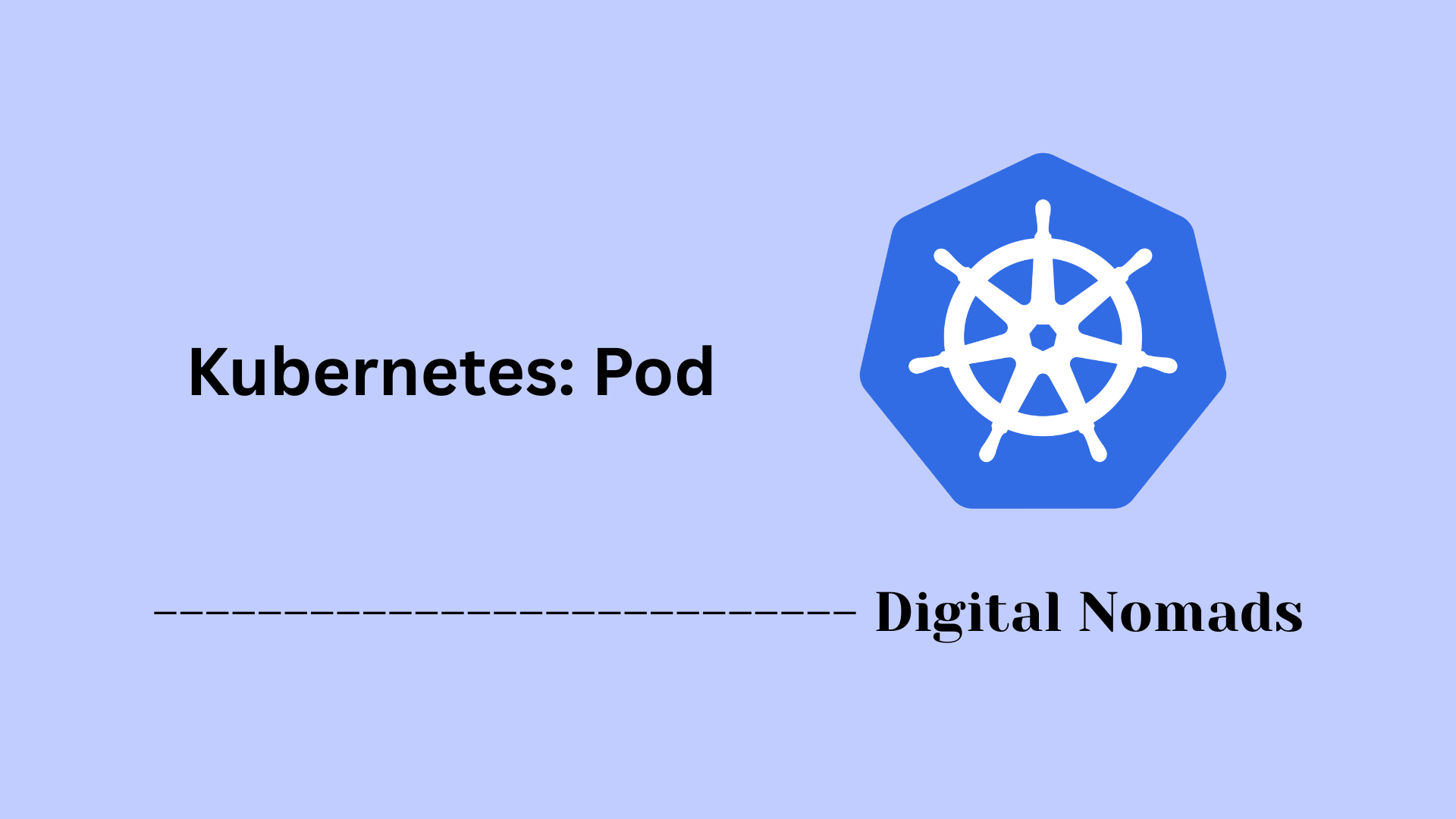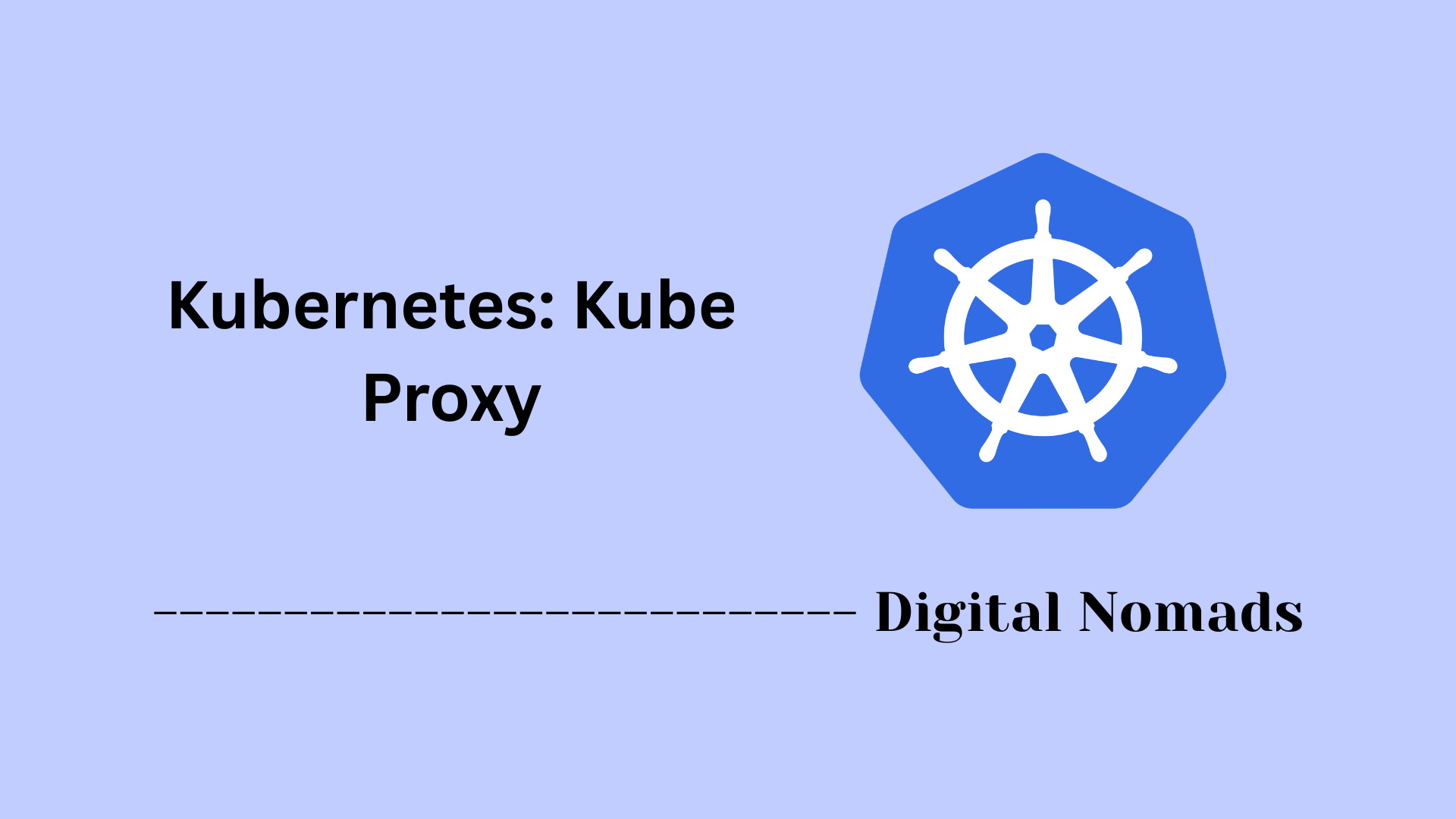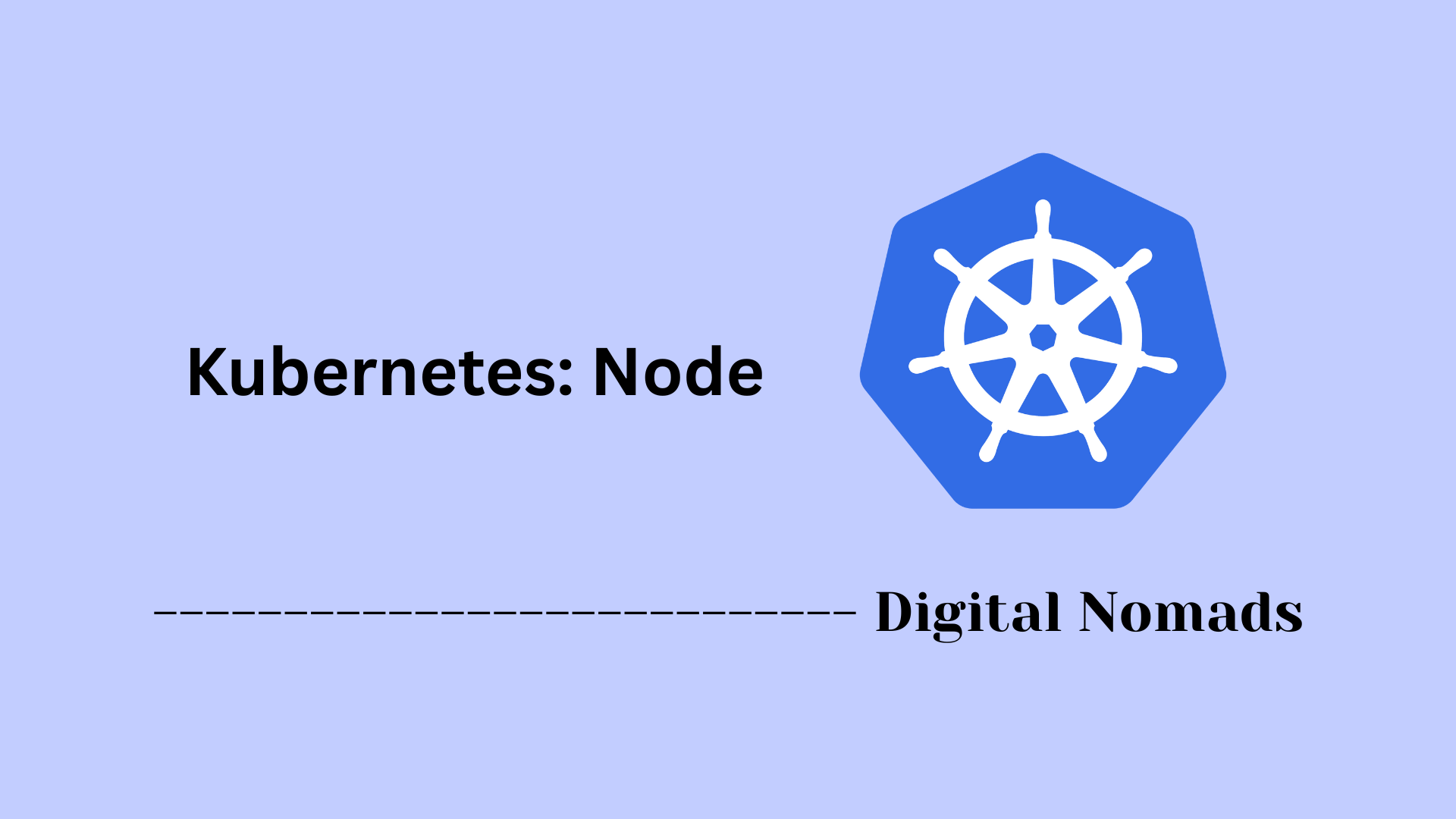Table of Contents
- Overview
- Core Components
- Kubelet Architecture
- Main Operational Concepts
- Troubleshooting and Best Practices
- Conclusion
Kubernetes: Kubelet Overview
What Is the Kubelet?
The kubelet is the essential node agent in the Kubernetes ecosystem. Installed and running on every node in a Kubernetes cluster, its primary role is to ensure that containerized workloads are healthy, resources are managed efficiently, and the node’s status is accurately communicated to the control plane. The kubelet acts as a bridge between the cluster's desired state (as specified by the control plane) and the real-world state of each node and its containers.
Why Is the Kubelet Important?
Understanding the kubelet is crucial for anyone operating Kubernetes clusters because:
- Pod Management: It is responsible for orchestrating pods—the smallest deployable units in Kubernetes, which contain one or more containers.
- Resource Efficiency: The kubelet enforces resource requests and limits, helping prevent container resource starvation or overconsumption.
- Cluster Health: By regularly checking container health and reporting status, it enables rapid remediation, failover, and consistent application reliability.
- Automation: The kubelet’s ability to self-manage and enforce desired state is a foundation for automation and scalability in cloud-native environments.
How Does the Kubelet Work?
- Receives Instructions: The kubelet receives PodSpecs (detailed definitions of what containers should run, with their resources and settings) from the Kubernetes control plane or from static pod configuration files on disk.
- Enforces Desired State: It continuously compares the current status of containers and pods with the declared intent and takes actions (start, restart, stop) to align real-world state with what is specified.
- Health & Liveness Probes: The kubelet runs regular checks (probes) to determine if containers are healthy and ready to serve traffic. If not, it can trigger restarts or alert the control plane.
- Resource Management: It governs resource allocation—CPU, memory, storage—ensuring fair and reliable distribution as requested by workload specifications.
- Node Reporting: The kubelet sends frequent status updates about both the pods it manages and the health of its node to the Kubernetes control plane, supporting scheduling and orchestration decisions cluster-wide.
- Security & Isolation: It applies security policies, manages credentials, and enforces isolation among workloads, contributing to both node-level and overall cluster security.
In summary, the kubelet is indispensable for operationalizing Kubernetes clusters, providing the automation, monitoring, and self-healing needed to run containerized workloads securely and reliably.
Core Components
The kubelet runs on each node and consists of several components that work together to ensure containers are properly managed and the node stays in sync with the cluster:
- Kubelet Agent: Acts as the primary node agent, facilitating communication between the node and the Kubernetes control plane. It processes Pod specifications and ensures containers are running as expected.
- Kubelet API Server: Provides an interface for communication with other cluster components and exposes HTTP endpoints used for management and diagnostics.
- Container Runtime Interface (CRI): Integrates with container runtimes like containerd or CRI-O to pull images, start containers, and manage their lifecycle according to the kubelet’s instructions.
- Probes and Health Checks: Performs liveness, readiness, and startup checks on containers to monitor their status and trigger restarts or remediation as needed.
- Volume Manager: Handles mounting and unmounting of storage volumes for pods, ensuring persistent data availability throughout pod lifecycles.
Kubelet Architecture
The kubelet architecture is designed to coordinate containerized workloads and synchronize the node with the overall Kubernetes cluster. Here’s how its main components fit together:
- Control Plane Interaction: Maintains an ongoing communication channel with the Kubernetes control plane. This allows the exchange of pod scheduling instructions, status updates, and node health information, keeping the node in sync with the desired cluster state.
- Pod Management Loop: Continuously observes desired pod configurations (PodSpecs) received from the control plane or local manifest files, and works to create, update, or delete containers so that reality matches the specified intent.
- Container Runtime Integration: Links to the container runtime through the Container Runtime Interface (CRI), supplying commands to start, stop, or inspect containers and handle image pulls and updates as needed.
- Monitoring and Reporting Engine: Periodically runs checks—known as probes—on containers and the node, monitoring health, resource usage, and status. It regularly reports these findings back to the control plane for visibility and automated remediation.
- Volume and Storage Coordinator: Manages all aspects of pod storage, including mounting, unmounting, and maintaining access to persistent volumes in line with pod and node lifecycles.
- API and HTTP Endpoints: Exposes secured HTTP(S) interfaces that allow for diagnostics, metrics collection, and administrative operations, accessible by authorized cluster components or administrators.
Main Operational Concepts
To ensure smooth pod execution and node operation, the kubelet follows a set of essential operational concepts in every Kubernetes cluster:
- PodSpec Processing: The kubelet listens for Pod specifications from the control plane or specified files and translates them into running containers. Any changes to these specs are detected and acted on in near real-time.
- Desired State Enforcement: Continuously checks the actual state of containers against the desired definitions, taking action to start, stop, or restart containers to maintain consistency with cluster instructions.
- Probing and Health Checking: Regularly runs liveness, readiness, and startup probes to assess whether containers are functioning correctly, are ready to serve traffic, or require remediation.
- Status Reporting: Sends frequent updates about pod status and node health to the control plane. This constant communication supports fast failover and rescheduling if a problem is detected.
- Resource Allocation and Enforcement: Ensures each container receives its requested amounts of CPU, memory, and storage, and enforces quotas or throttles usage when limits are exceeded to keep the node healthy.
- Volume and Storage Management: Mounts, unmounts, and maintains persistent volume access for pods, enabling reliable storage even when pods are restarted or moved.
- Static Pod Handling: Loads and manages static pod definitions from the filesystem, allowing critical cluster components to be started directly by the kubelet even if the control plane is not fully available.
- Security Policy Enforcement: Implements security boundaries, pod isolation, and credentials handling as defined by the cluster’s policies, keeping node and workload environments secure.
Troubleshooting and Best Practices
Ensuring the health and stability of kubelet operations requires both proactive monitoring and effective troubleshooting. Here are practical steps and habits to keep your nodes running smoothly:
- Investigate Node Status: When a node is reported as NotReady, check kubelet logs and review system resource usage. Common issues include low memory, full disks, or stopped kubelet services.
- Centralize Logs and Metrics: Forward kubelet logs and container metrics to a centralized logging stack for easier searching and correlation. Use dashboards to quickly spot anomalies or trends before they become outages.
- Actively Monitor Resources: Monitor CPU, memory, storage, and network usage on each node. Set alerts to notify your team if any thresholds are breached so you can respond before workloads are impacted.
-
Master Core Commands:
Become fluent with commands like
kubectl describe node,kubectl logs, andkubectl topto quickly gather information when troubleshooting issues. - Secure the Kubelet: Disable anonymous authentication, use TLS, and restrict API endpoint access. Deploy Role-Based Access Control (RBAC) rules to limit exposure and prevent unauthorized actions.
- Embrace Configuration Files: Use configuration files for kubelet settings rather than relying on command-line flags. This ensures consistency, repeatability, and easier automation across your environment.
- Automate Common Tasks: Script routine health checks, log management, and configuration enforcement to reduce manual effort and minimize human error.
- Establish Regular Review Cycles: Periodically audit node configurations, security posture, and update schedules. Regular maintenance and routine patching help minimize risk and improve reliability.
Conclusion
Throughout this blog post, we've explored the kubelet—the essential node agent that brings Kubernetes clusters to life. We looked at its main building blocks, how its architecture works, and what happens step-by-step each time a pod is scheduled or a node reports its health. From managing container lifecycles and monitoring pod health to handling storage and enforcing security policies, the kubelet ensures that nodes run reliably and stay synchronized with the intent of the control plane.
We also walked through practical operational concepts, troubleshooting strategies, and best practices to keep kubelet—and your entire Kubernetes cluster—healthy and secure. Whether you're supporting small development clusters or running mission-critical systems in production, dedicating attention to kubelet configuration and monitoring pays off in uptime and peace of mind.
Thanks for reading! As you continue your Kubernetes journey, remember that a stable cluster starts with a rock-solid kubelet. Happy clustering, and may your nodes always stay Ready!




